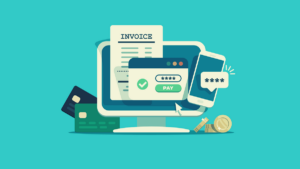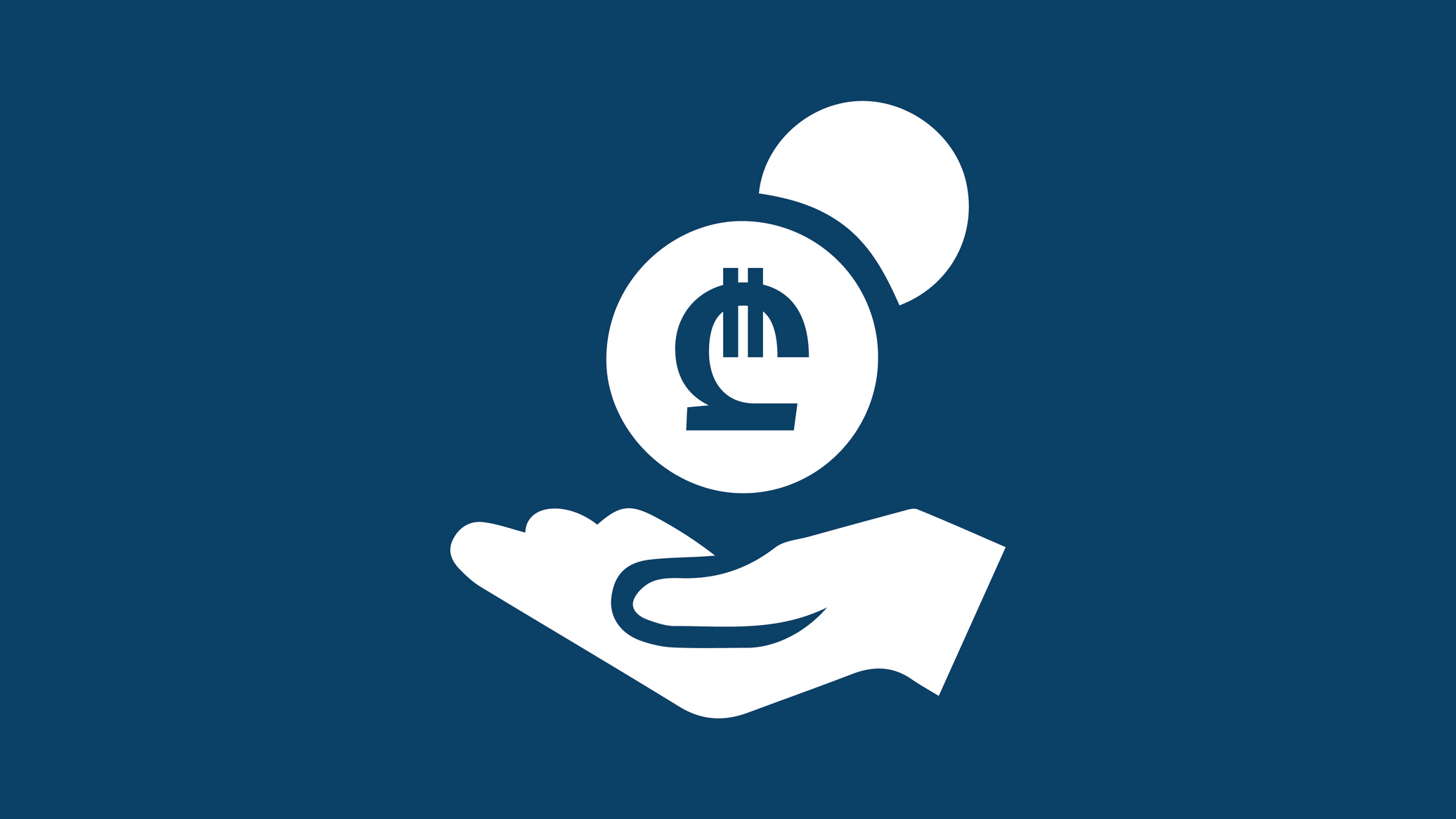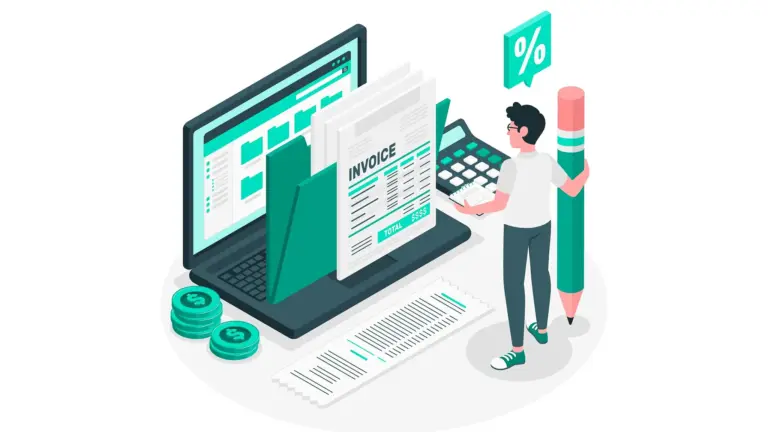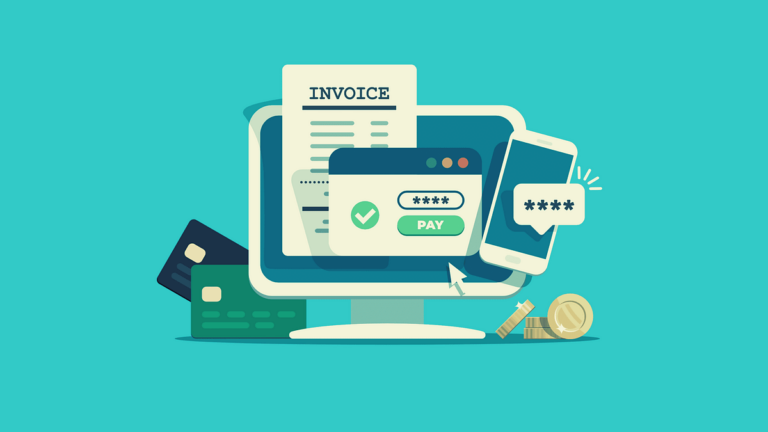I. Introduction to Cash Flow (Approx. 300 words)
- Definition of Cash Flow
Cash flow refers to the movement of money in and out of a business or individual’s financial accounts. It’s a crucial metric for assessing liquidity, financial health, and operational efficiency. - Importance of Cash Flow
Cash flow is a primary indicator of a business’s ability to pay its bills, invest in opportunities, and maintain daily operations. Unlike profit, cash flow accounts for the actual inflows and outflows of cash, not just revenue or expenses on paper. - Overview of Types of Cash Flow
- Operating Cash Flow: Cash generated from regular business operations (e.g., sales of goods and services).
- Investing Cash Flow: Cash used for investment activities, such as purchasing or selling assets.
- Financing Cash Flow: Cash obtained from or paid to investors and creditors, such as issuing stock, borrowing, or repaying debt.
II. Understanding Cash Flow Statements (Approx. 700 words)
- What is a Cash Flow Statement?
A cash flow statement is a financial document that summarizes the cash inflows and outflows for a specific period. It helps investors, management, and creditors assess a company’s liquidity. - Structure of a Cash Flow Statement
The statement typically breaks down cash flow into three sections:- Operating Activities: Includes cash generated from core business activities.
- Investing Activities: Includes cash spent or received from long-term investments.
- Financing Activities: Includes cash transactions with investors or creditors.
- The Direct vs. Indirect Method
- Direct Method: Lists actual cash inflows and outflows from operating activities.
- Indirect Method: Adjusts net income by adding or subtracting non-cash items (e.g., depreciation, changes in working capital).
- How to Read a Cash Flow Statement
Key indicators like net cash from operations and free cash flow are vital for analyzing a company’s ability to grow, sustain operations, and service debt.
III. Cash Flow vs. Profit (Approx. 400 words)
- The Difference Between Cash Flow and Profit
- Profit: Refers to the financial gain after all expenses are subtracted from revenue. It’s often used for tax purposes and performance evaluation.
- Cash Flow: Tracks actual cash movement, regardless of whether it’s recognized as revenue or expenses in accounting terms. A business might show a profit on paper but still struggle with cash flow if its cash collection or payment processes are inefficient.
- Why Cash Flow is More Important Than Profit
- A profitable business can still face financial challenges if it doesn’t manage cash flow well. For example, if a business’s customers delay payments or if it overextends credit, the company may lack the cash needed to meet its obligations.
- Example of Cash Flow Mismanagement
A profitable business might run into trouble if it has high expenses or liabilities that exceed the available cash flow, causing cash shortages even though it’s making money on paper.
IV. Key Metrics for Monitoring Cash Flow (Approx. 600 words)
- Operating Cash Flow (OCF)
Measures cash generated from a company’s core business activities. High OCF is often a good indicator of healthy operations. - Free Cash Flow (FCF)
The cash available after capital expenditures, used for paying dividends, reducing debt, or reinvesting in the business. It’s a strong measure of a company’s financial flexibility. - Cash Flow Cycle
The time it takes for a company to convert its investments in inventory and other resources into cash through sales. A shorter cycle is generally more desirable. - Cash Flow Forecasting
Predicting future cash flows based on historical data and expected changes. This is a critical tool for planning and ensuring sufficient liquidity. - Current Ratio
A liquidity ratio that compares a company’s current assets to its current liabilities. A ratio under 1.0 could signal potential cash flow problems. - Quick Ratio (Acid-Test Ratio)
Similar to the current ratio but excludes inventory from assets, providing a stricter measure of liquidity.
V. Factors That Affect Cash Flow (Approx. 500 words)
- Sales and Revenue Growth
More sales typically lead to higher cash flow, but only if customers pay promptly. The sales cycle, seasonality, and payment terms can all impact cash flow. - Accounts Receivable
The time it takes to collect payment from customers is crucial. Extended receivables can lead to cash flow bottlenecks. A strategy to manage accounts receivable is vital. - Inventory Management
Large amounts of unsold inventory tie up cash, making it unavailable for operational use. Proper inventory management ensures that cash is freed up when needed. - Accounts Payable
Delaying payments to suppliers can improve short-term cash flow, but it must be balanced with maintaining good supplier relationships and avoiding penalties. - Capital Expenditures (CapEx)
Investments in long-term assets such as equipment, property, or technology can drain cash flow. Businesses should balance CapEx with liquidity needs. - Debt and Financing
Taking on debt or securing financing can inject cash into a business, but it also creates future obligations. High-interest debt can negatively impact cash flow in the long run.
VI. Cash Flow Management Strategies (Approx. 600 words)
- Effective Cash Flow Planning
- Predicting cash needs helps ensure a company has enough liquidity to cover expenses, even during lean periods.
- Using cash flow forecasts can help identify potential shortfalls before they occur, allowing businesses to take corrective action.
- Improving Receivables Collection
- Setting clear payment terms and following up on overdue invoices can improve cash flow.
- Offering discounts for early payment or requiring upfront payments can speed up cash collection.
- Inventory Control
- Reducing excess inventory and implementing just-in-time (JIT) inventory practices can free up cash while maintaining production efficiency.
- Using inventory turnover ratios to manage stock more effectively.
- Debt Management
- Consolidating high-interest loans or renegotiating payment terms can improve cash flow.
- Managing short-term and long-term debts effectively prevents a liquidity crisis.
- Cost Management
- Identifying and cutting unnecessary costs helps free up cash.
- Optimizing operational efficiencies can reduce overheads and improve cash flow.
VII. Cash Flow in Personal Finance (Approx. 400 words)
- Personal Cash Flow vs. Business Cash Flow
Personal cash flow refers to the movement of money in and out of an individual’s accounts, including income, expenses, savings, and investments. - Importance of Personal Cash Flow
Maintaining positive cash flow in personal finances ensures that you can meet your financial obligations, save for goals, and avoid debt accumulation. - Tips for Managing Personal Cash Flow
- Create a budget to track income and expenses.
- Prioritize high-interest debt repayment.
- Build an emergency fund to manage unexpected cash flow interruptions.
VIII. Conclusion (Approx. 300 words)
- Summary of Key Points
Cash flow is vital for the survival and growth of businesses and individuals alike. While profit is an important metric, cash flow reveals the true financial health of an entity by showing actual cash movement. - The Future of Cash Flow Management
As businesses become more global and digitally connected, cash flow management tools and automation will continue to evolve. Technologies like artificial intelligence and machine learning may play an increasing role in forecasting and managing cash flow in the future. - Final Thoughts
Regardless of size or industry, understanding and managing cash flow is essential for achieving financial stability and success.
Final Notes:
You can expand on each of these sections with examples, case studies, charts, and detailed analysis to reach 3500 words. Make sure to provide clear, engaging content for your readers, and back up claims with data where necessary.
Would you like help elaborating on any of these sections, or do you need more specific examples or explanations?








